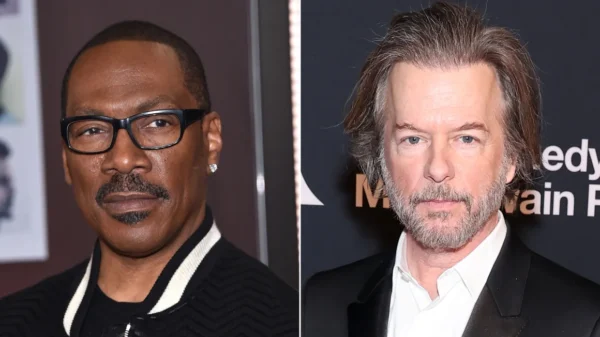A few weeks ago, Sam Bray wrote a blog post discussing Section 3 and the term “Officers of the United States.” This post was referenced in multiple amicus briefs and was brought up by an attendee at a conference in San Diego today. In this response, I will address the Impeachment Clause, which states that “The President, Vice President and all civil Officers of the United States, shall be removed from Office on Impeachment ….” The Colorado District Court interpreted this clause to mean that the President and Vice President are separate from the category of “all civil Officers of the United States.” However, Sam disagreed with this interpretation and offered an explanation for why the President and Vice President are specifically mentioned in the Impeachment Clause. He argued that this does not mean they are not considered officers, but rather that their inclusion is crucial due to the historical context of royal prerogative power in England. Additionally, he pointed out that the use of the phrase “all other Officers of the United States” in the Appointments Clause does not necessarily mean that the President and Vice President are not considered officers. To better understand the legal drafting culture of 1787, it is important to review the drafting history of the Impeachment Clause during the Constitutional Convention. As Tillman discussed in Part III of our series, the original version of the clause only applied to the President. However, on September 8, 1787, a motion was made to add the Vice President and other civil officers to the scope of the clause. This motion was unanimously passed, with the use of the word “other” suggesting that the President and Vice President were considered civil officers. However, when Morris and the Committee of Style revised the text, they changed the phrase to “and all civil officers of the United States.” This change, specifically the removal of the word “other,” could be seen as evidence that the meaning of the clause was altered. It is possible that Morris and his committee recognized that the President and Vice President were excluded from the category of “Civil officers of the U.S.” and thus removed the word “other.” This is just one example of the legal drafting culture of the late eighteenth and nineteenth centuries, which can be better understood by examining the drafting history of the Impeachment Clause.


































